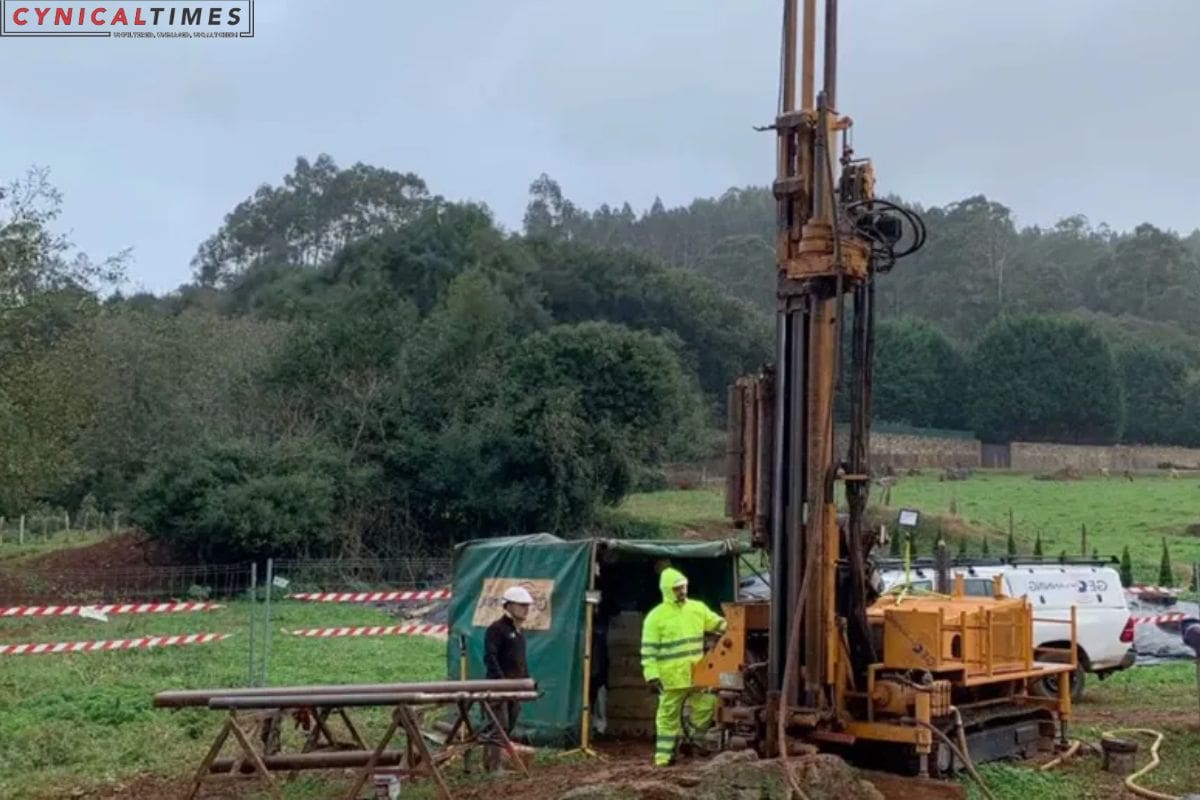Zinc Discovery in San Jose: Variscan Mines (ASX: VAR) has discovered a new high-grade zinc lens during Phase 3 of digging at the San Jose zinc mine in Spain’s Cantabrian region. In Variscan’s Novales-Udias project, San Jose is 9 kilometres from the Reocin mine. This former zinc producer closed in 2003 after a century of operation.
Highlights of the recent drilling program under La Catedral include a section of 21.85 meters with 8.5% zinc and 0.38% lead and 18.05 meters with 10.22% zinc and 0.46% lead, which is even better. There were also crossings of 22.89 meters with 6.95% zinc and 1.68% lead, 14.26 meters with 5.68% zinc and 0.88% lead, and 10.07 meters with 4.99% zinc and 0.19% lead.
Drilling will continue throughout the year. Variscan has initiated a mine restart study, expected to be completed by Q1 2024. Since they have drilling permits, they also plan to dig more in the same quarter.
The drilling program found high-grade zinc zones in San Jose’s Central zone, and the discovery of the lower La Catedral lens revealed multiple layers in the deposit. The following resource estimate could enable future underground mining.
Variscan is conducting metallurgical tests using data from 335 previous drill holes at San Jose, in addition to deep drilling. According to CEO Stewart Dickson, the drilling program will continue all year, highlighting its success, efficiency, and flexibility with internal resources.
With around 2,700 mines in Spain, Variscan’s work is a significant step in discovering and reviving San Jose.
ALSO READ: San Jose Language Access Revolution: Interpreters Amplify Civic Engagement
Our Reader’s Queries
What resources is extracted from the San Jose mine?
San José, a top-tier underground gold and silver mine, has been in operation since 2007. The mine is jointly owned and operated by McEwen Mining (49%) and Hochschild Mining (51%). With its high-grade ore and advanced mining techniques, San José is a valuable asset to both companies.
How is lead and zinc mined?
Lead and zinc ore are primarily extracted through underground mining, with a few surface operations also in existence. The choice between underground or surface mining methods is determined by the proximity of the ore body to the surface, and the unique characteristics of each ore body dictate the specific mining approach.

